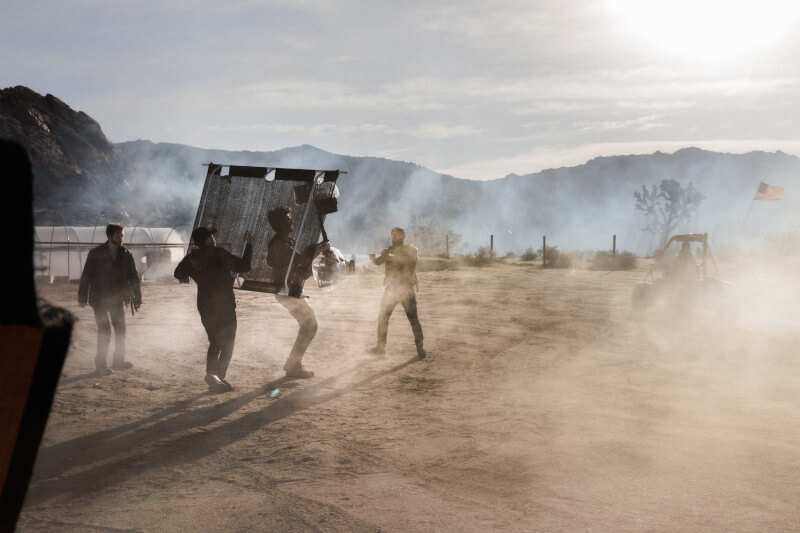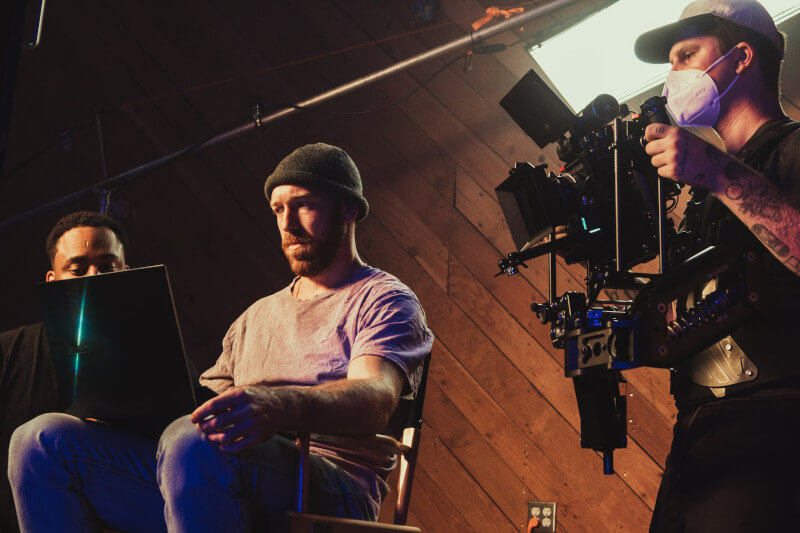Each and every feature film goes through the same five stages of production regardless of its genre or length. Although some obligations will follow you from one stage of production to the next, each stage entails its own unique set of tasks that have to be finished before your movie can be shown to an audience.
What Exactly is the Production of Films?
Film production is a lengthy and multi-step operation that can occasionally take years to finish. This is because movies are made from raw footage shot on film. There are five primary stages that film production will go through. Before moving on to the pre-production stage, which concentrates on research, casting, and location hunting, the production of a motion picture begins with the development stage. During this stage, all of the primary particulars of the film are outlined and planned out.
After the pre-production phase is finished, production can start shooting. The amount of time spent shooting a project can vary greatly, and the length of the production phase will be determined by the length of the film (short or feature-length) that you are making.
After the shooting has come to an end, you will enter the post-production process, which is when the footage will be edited and organized into a comprehensive storyline. After that, the production will enter the dispersion phase, at which point the finished product will be delivered to cinemas, a DVD, or a streaming platform. The following are the five stages of film production:
The following are the five essential stages that must be completed before a film can be considered complete:
Development

The first stage in the production of a film is the production of the development stage. During this stage of the production process, tasks such as developing the basic premise of the story, writing the first draft of the script, and determining how the project will be funded are carried out. The development process can take anywhere between a few months to a few years, based on the kind of movie you’re planning to make and the people you can get involved in it.
Establishing a Production Company and Office
When you have been given the go-ahead to begin the pre-production stage, you will create a production company and set up a location for the production. Your upcoming film shoot will not go forward without careful preparation in this room. During pre-production, tasks such as completing the shooting script, scouting potential shooting locations, and developing a production budget are carried out. Before you even step foot on the set of your film, you will determine the filming schedule for the production, in addition to all of the equipment and gear that you will require, and the casting agent will begin holding auditions for performers for the director’s authorization.
Additionally, this is the stage in which you will acquire important film members of the crew to add to your production staff. Some of these crew members include the directors of photography, assistant directors, unit production managers, and costume designers. When everything is in its proper place, the process of creative planning can begin. Each department collaborates with the line producer to determine the requirements for putting the director’s vision into action as effectively as possible. Additionally, this is also where the creative team puts the finishing touches on the sound editing for the film’s auditory experience.
Production

When we move on to the production stage, also referred to as principal photography, we start shooting. During this brief period of time, additional crew members will be recruited, such as a script supervisor who will monitor the set to ensure that there is no break in the continuity of the script, and a property master who will be responsible for acquiring and supervising any props that are used in your film. Aside from the actors practicing their lines and blocking their scenes, the departments of hair, makeup, and costumes will be responsible for the actors’ outward appearances.
The day-to-day operations will be supervised by your production coordinator, who will also ensure that all supplementary departments, such as catering, invoicing, and work schedules, have the resources they need to continue functioning normally. The director and cinematographer will devise a shooting scheme, and the camera operators and grips will execute that plan in order to capture all of the required footage. Throughout this time, picture editors and sound editors are also brought on board. These editors select the best takes from each day’s filming and arrange them in a sequential order to have a rough cut ready by the time shooting is complete.
Post-Production

Once the primary shooting has been completed, the film enters the post-production process, which is when the audio and visual materials are pieced together to develop the film. The footage is pieced together by an editor frame by frame, who also adds music (either their own or licensed music) and integrates a variety of visual and sound effects. Post-production may include the addition of certain aspects of the filming process, such as pick-up shots, voiceovers, or additional dialogue and reactions. The combination of all of these components results in the multi-sensory experience that we refer to as a movie.
Distribution

The distribution of your film is the fifth and final stage of production. This stage takes place after the film has been edited and is now ready to be viewed by audiences. The movie will receive publicity through marketing, and all financial and legal obligations to shareholders and rights holders will be fulfilled. Your movie could be shown in theaters, put out on DVD, or uploaded to a different kind of digital media platform, based on the terms of the distribution agreement you signed. Click here to view the final products of TVCs produced in Cape Town.
Planning a film shoot can be stressful, but renting equipment doesn’t have to be. Blur Photo provides a hassle-free rental experience with their easy-to-navigate online platform. Browse their extensive inventory, select the gear you need, and book it in just a few clicks. Focus on your creative process while Blur Photo handles the rest.
